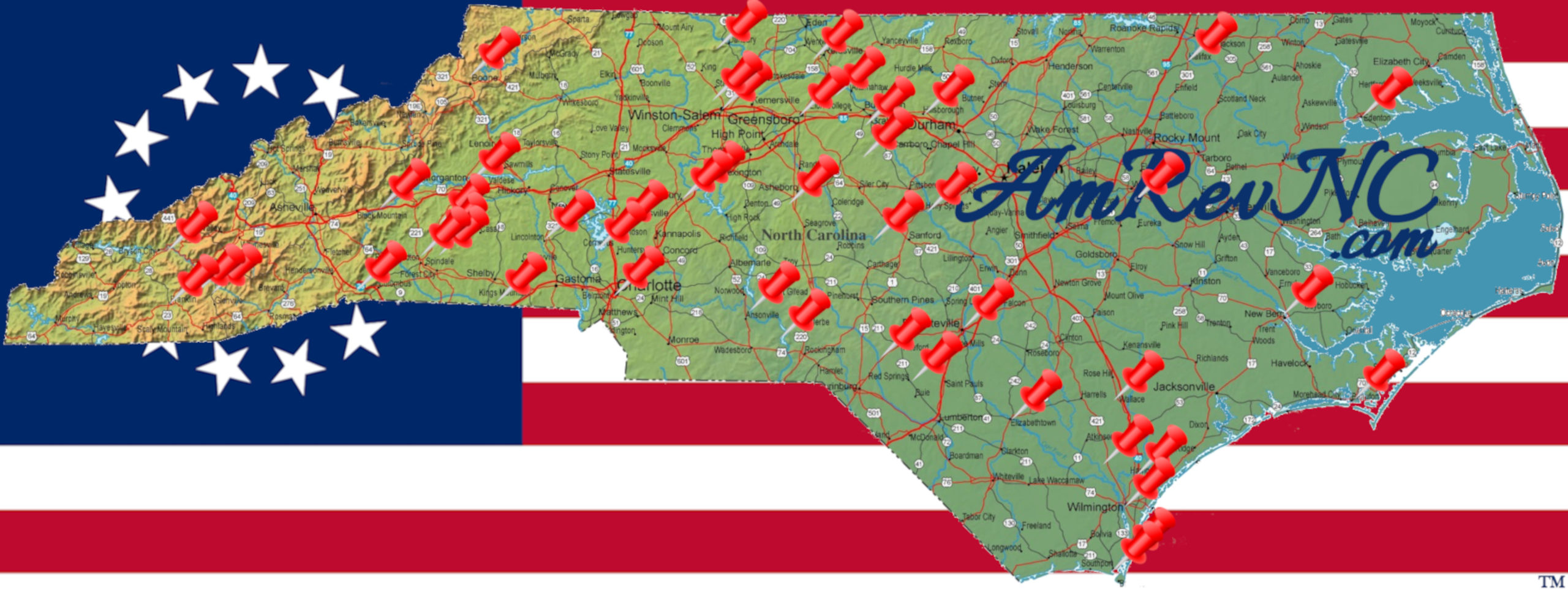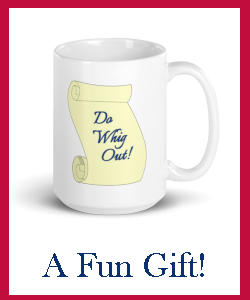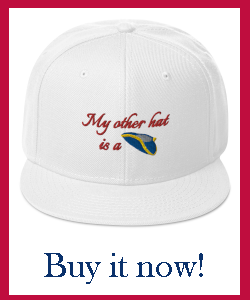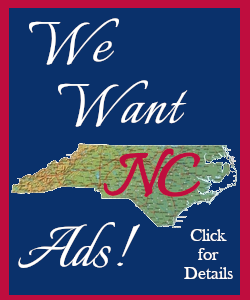British Inciter of the Overmountain Men
Biography
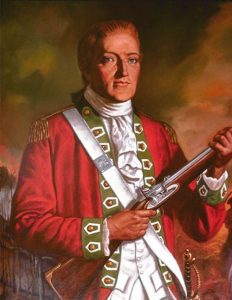 Born in Edinburgh, Scotland to a lawyer father, Patrick Ferguson joined the British military and fought in Canada during the French & Indian War. He returned to England to study at the Royal Military Academy and served briefly in Germany before a leg problem sidelined him, which resulted in lifelong arthritis. He later invented a rifle that could be loaded from the back of the barrel. (Highly praised, some were used during the Revolution, but the design was too expensive to produce in large numbers.)
Born in Edinburgh, Scotland to a lawyer father, Patrick Ferguson joined the British military and fought in Canada during the French & Indian War. He returned to England to study at the Royal Military Academy and served briefly in Germany before a leg problem sidelined him, which resulted in lifelong arthritis. He later invented a rifle that could be loaded from the back of the barrel. (Highly praised, some were used during the Revolution, but the design was too expensive to produce in large numbers.)
As a captain at the 1777 Battle of Brandywine (Penn.), marksman Ferguson gave up a clear shot at an officer because “it was not pleasant to fire at the back of an inoffending individual, who was acquitting himself very coolly of his duty…”[1] The officer turned out almost certainly to be Gen. George Washington. Minutes later, Ferguson was shot in the right elbow. Eight months of multiple procedures in British-occupied Philadelphia saved the arm but not with full use.
Ferguson won a number of smaller victories in the north and was given command of a corps of Loyalists, the American Volunteers. They were sent south to participate in the successful second attack on Charleston, where Ferguson was promoted to major. On the way he was hit in the other arm, when his force was accidentally attacked by British troops while camped at a rebel’s plantation.[2] Refusing to leave the field, he developed a system of notes on a whistle to give commands while the arm recovered.[3] Cornwallis credited Ferguson, nicknamed “Bull Dog” by other officers, with recruiting more than 4,000 men as his Inspector General of Militia.
When the British Army advanced to Charlotte to resupply in 1780, Ferguson was ordered west with 1,000 men to protect its flank. His rank among these “provincials” was lieutenant colonel, but he continued to go by “major,” perhaps as a signal to his men to see themselves as important as British regulars.[4] Ferguson moved into the foothills, skirmished with Patriot militia, destroyed individual Patriots’ properties, and then made the mistake of threatening settlers across the mountains. The Overmountain Men came for him, and trapped his force on King’s Mountain (S.C.). Upon realizing the ensuing battle was lost, Ferguson rode into the Patriot lines and was shot multiple times. He remains where he died soon after, in a rock-covered grave with a likely mistress at his side.
More Information
- Ferguson, Adam, Biographical Sketch: Or, Memoir of Lieutenant-Colonel Patrick Ferguson; Originally Intended for the British Encyclopaedia (Edinburgh : Printed by John Moir, 1817) <http://archive.org/details/biographicalsket00ferg>
- Furgurson, Ernest B., ‘The British Marksman Who Refused to Shoot George Washington’, HistoryNet, 2009 <https://www.historynet.com/the-marksman-who-refused-to-shoot-george-washington.htm> [accessed 8 April 2020]
- Hickman, Kennedy, ‘American Revolution: Major Patrick Ferguson’, ThoughtCo, 2019 <https://www.thoughtco.com/major-patrick-ferguson-2360617> [accessed 8 April 2020]
- Jones, Randell, Before They Were Heroes at King’s Mountain, North Carolina/Tennessee Edition (Winston-Salem, NC: Daniel Boone Footsteps, 2011)
- Moss, Matthew, ‘Patrick Ferguson and His Rifle’, Journal of the American Revolution, 2018 <https://allthingsliberty.com/2018/12/patrick-ferguson-and-his-rifle/> [accessed 8 April 2020]
- Scheer, George, and Hugh F. Rankin, Rebels and Redcoats (The World Publishing Company, 1957)
- Sherman, Wm. Thomas, Calendar and Record of the Revolutionary War in the South: 1780-1781, Tenth Edition (Seattle, WA: Gun Jones Publishing, 2007) <https://www.americanrevolution.org/calendar_south_10_ed_update_2017.pdf>
-
Swisher, James K., The Revolutionary War in the Southern Back Country (Pelican Pub. Co, 2008)
[1] Ferguson 1817.
[2] Ibid.
[3] Swisher 2008.
[4] Sherman 2007.
